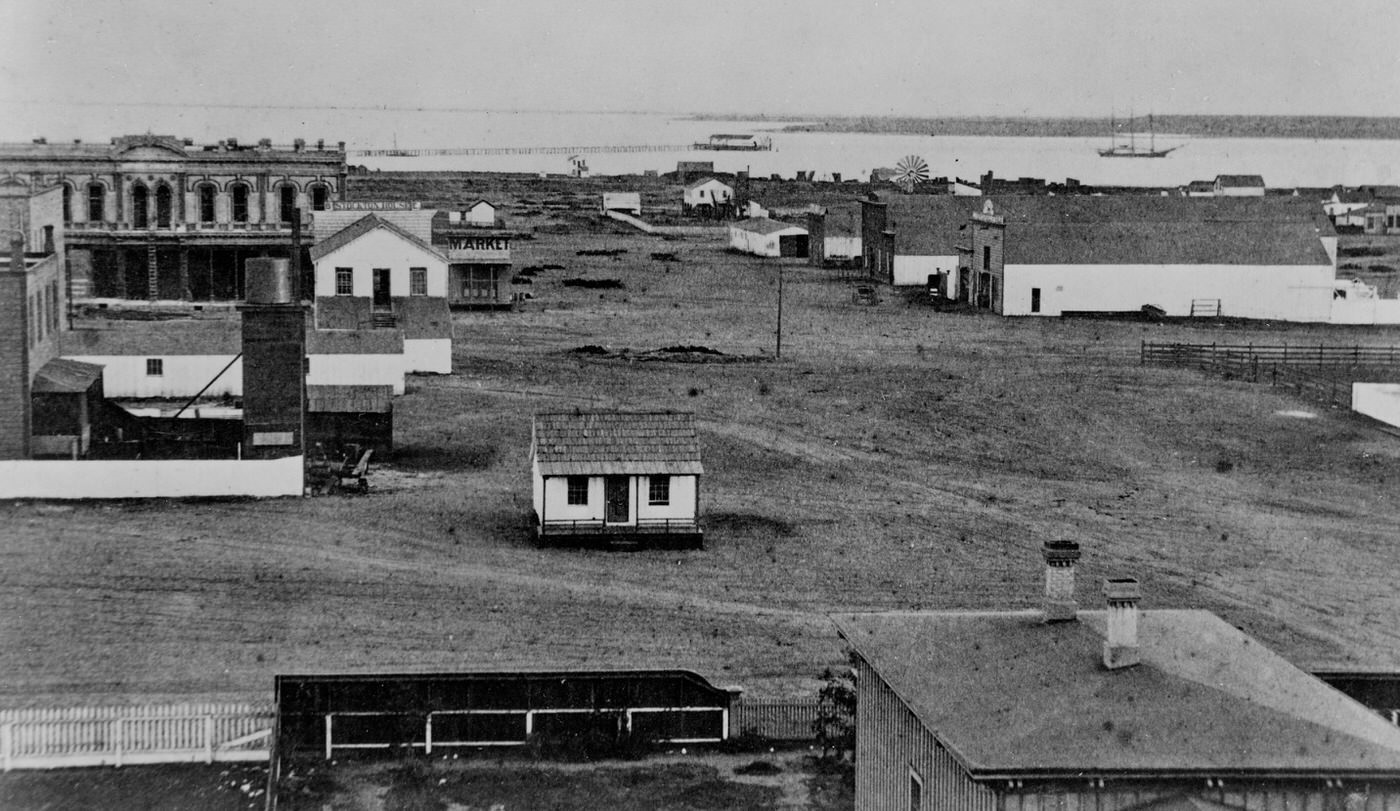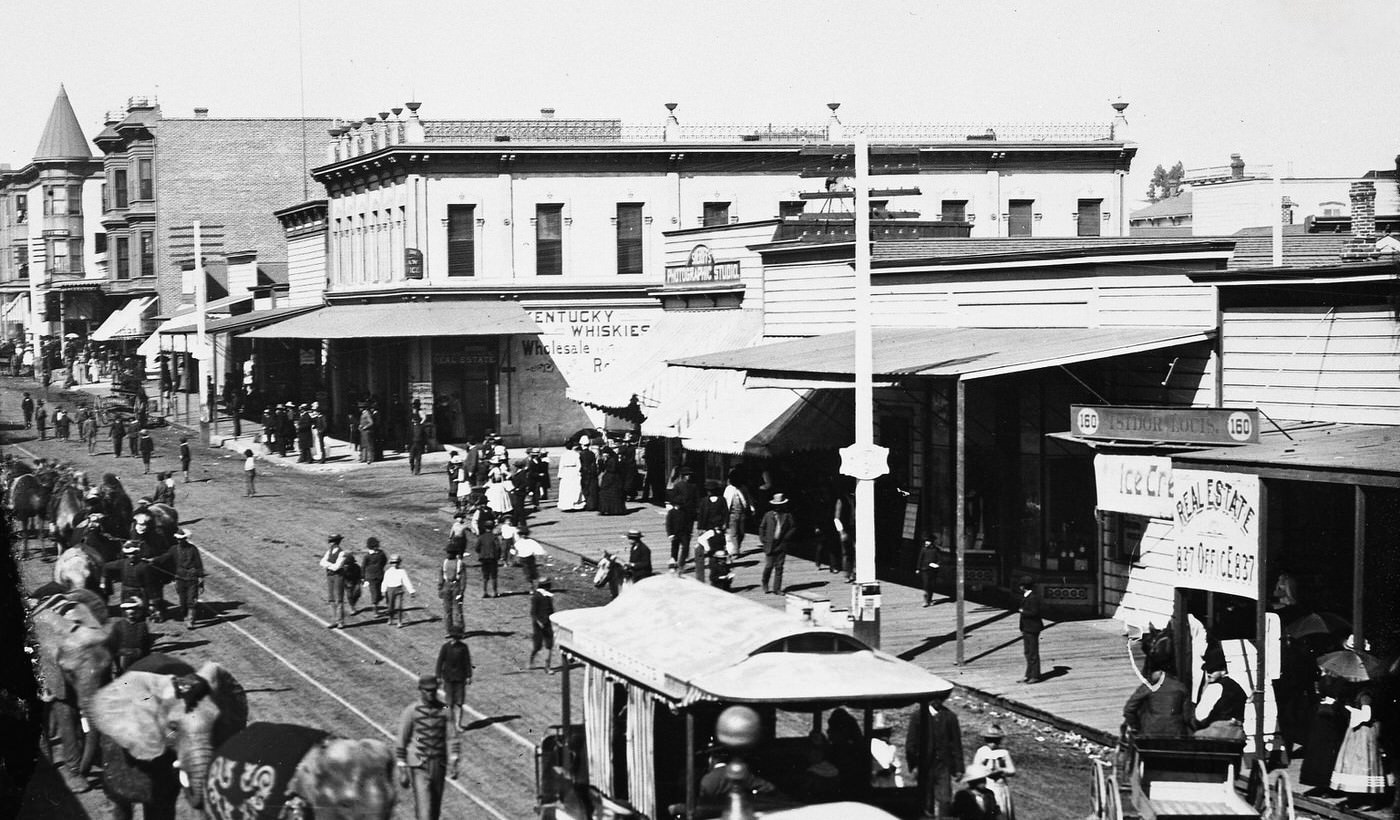The 1860s were a quiet time for San Diego. It was a small, isolated town, far from the booming cities of the East Coast. The American Civil War raged far away. San Diego felt its effects only slightly. The town was more concerned with survival and slow growth.
The population of San Diego was tiny. Only a few hundred people called it home. Most were of Mexican or Spanish descent, a holdover from California’s time as part of Mexico. There were also some Americans, mostly newcomers seeking opportunities in the West. Native Americans, the Kumeyaay, had lived in the area for centuries. Their population, however was decreasing due to conflict, and disease.
Life in San Diego was centered around two main areas. These areas were Old Town and the newer settlement near the waterfront. Old Town was the original heart of the town. It had been established by the Spanish. The waterfront area, sometimes called New Town, was slowly starting to develop.
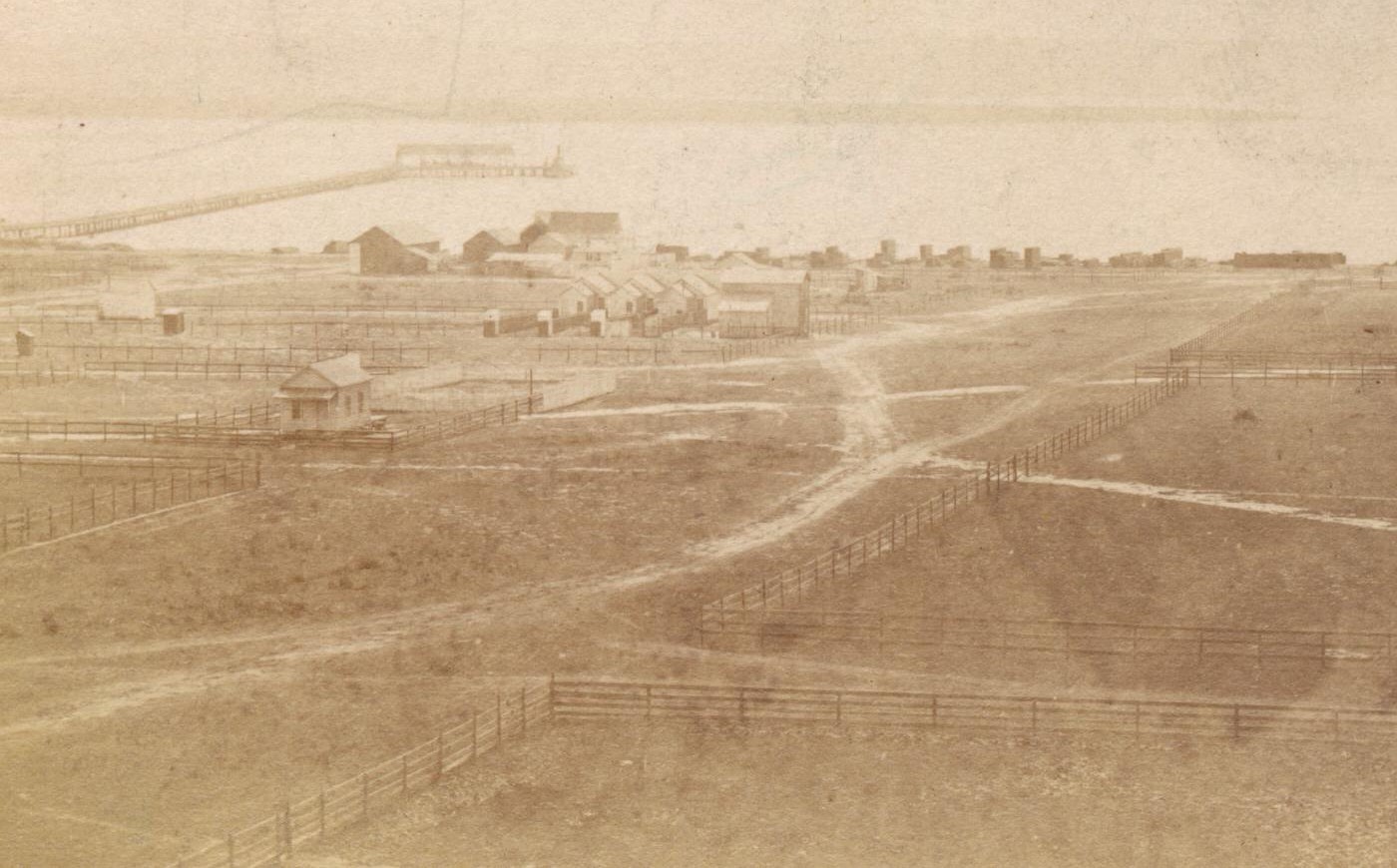
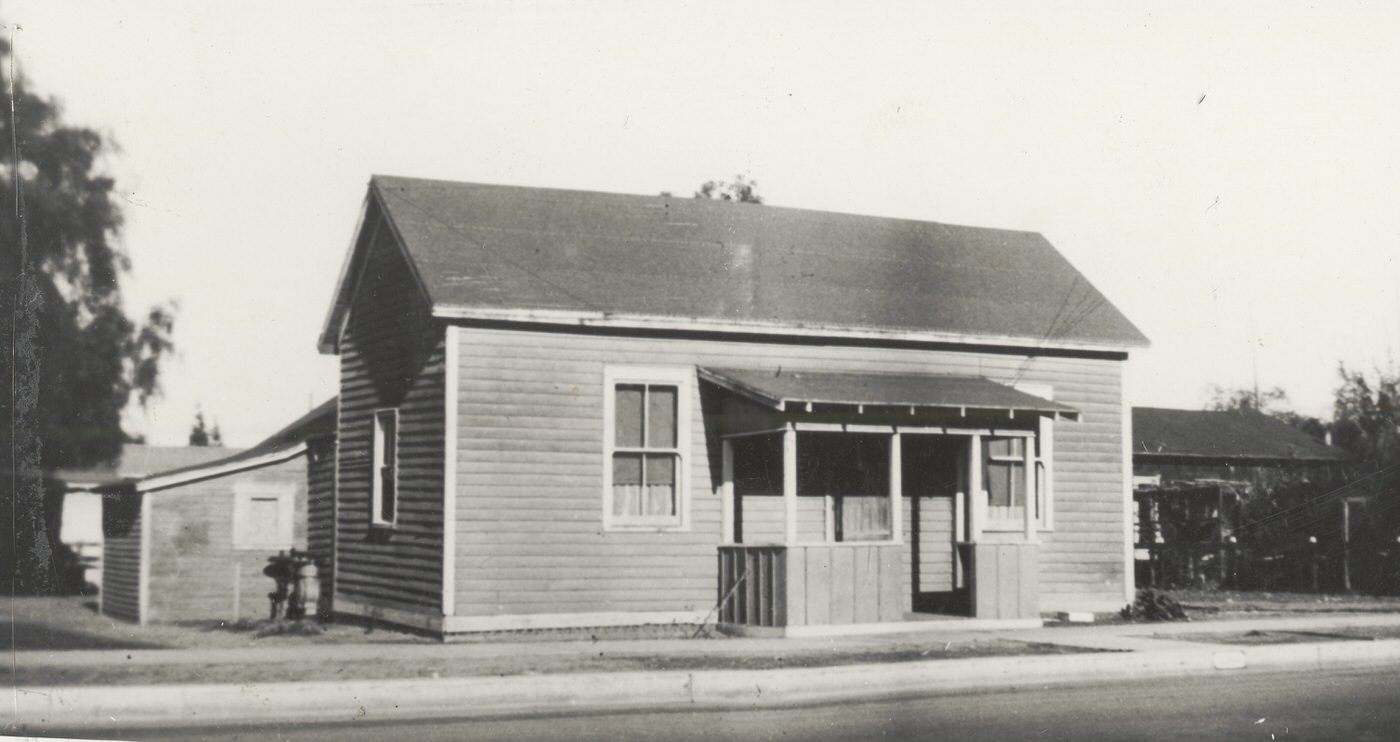
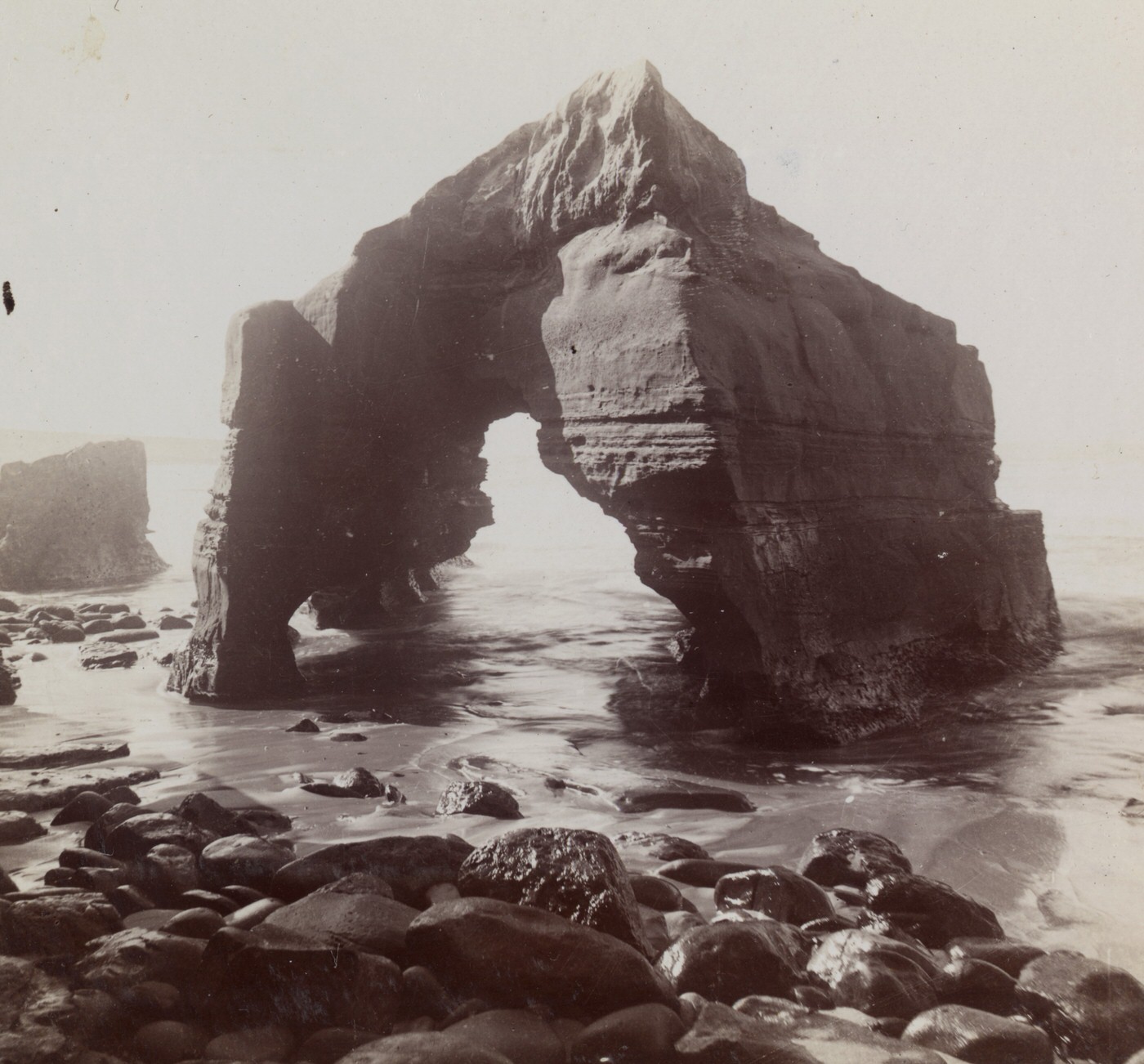
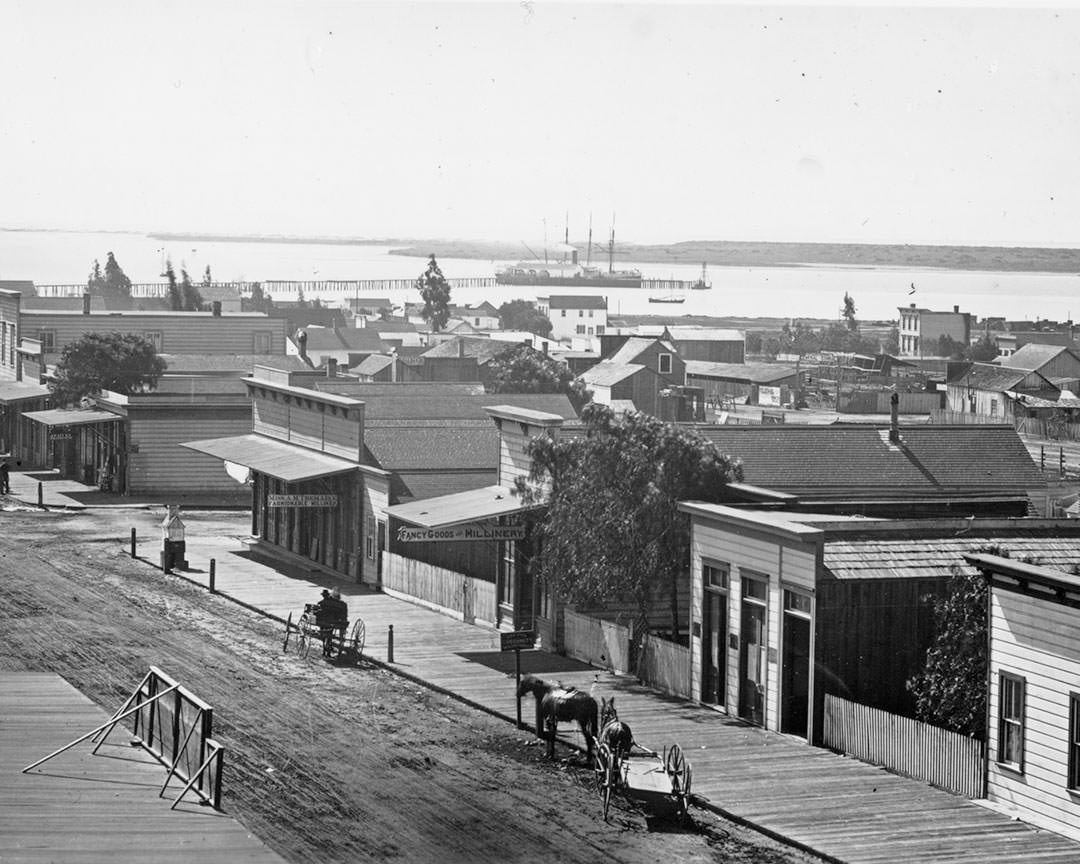
Old Town: The Heart of Early San Diego
Old Town was a cluster of adobe buildings. These buildings housed homes, shops, and a few government offices. The plaza was the center of activity. People gathered there to trade, socialize, and celebrate. The buildings were made of sun-dried mud bricks. This building material kept them cool in the hot summers.
Life in Old Town was simple. People relied on agriculture and ranching. They grew crops like corn, beans, and wheat. Cattle ranching was also very important. Cattle provided meat, leather, and tallow (fat used for candles and soap). Trade with passing ships brought in some goods from other parts of the world. These goods were relatively rare, though.
One of the most important buildings in Old Town was the Whaley House. It was considered a grand residence for its time. It was built by Thomas Whaley, a prominent businessman. The Whaley House later became known for being haunted, but that’s another story. Other prominent buildings in Old Town included the Machado y Silvas Adobe, and the Estudillo House.
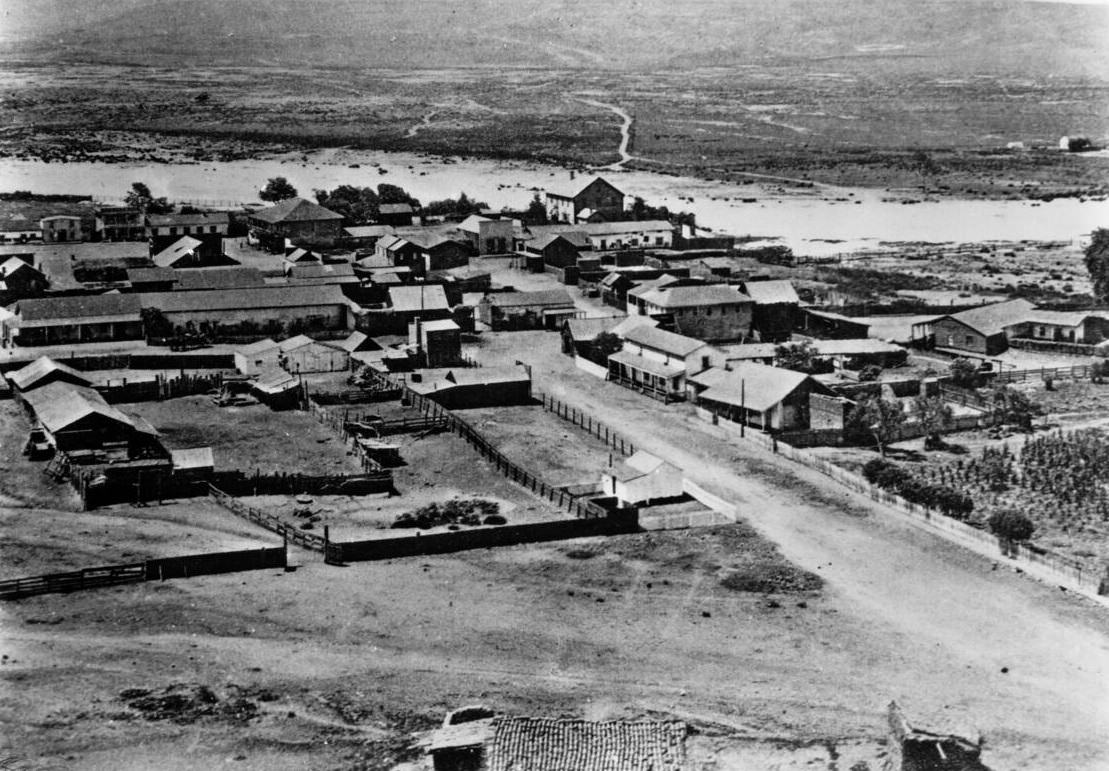
New Town: A Vision for the Future
A man named Alonzo Horton arrived in San Diego in 1867. He saw the potential of the waterfront area. He believed it was a better location for a growing city than Old Town. Old Town was located further inland, near the San Diego River. Horton purchased a large amount of land near the bay. He began to lay out streets and sell lots.
Horton’s vision was of a bustling port city. He knew the bay was ideal for shipping. He believed that a railroad would eventually connect San Diego to the rest of the country. This would bring people and prosperity. He started promoting his new town with enthusiasm.
Building in New Town was slow at first. It took time to convince people to move from Old Town. The promise of a better harbor and future growth gradually attracted residents. New buildings were mostly made of wood, unlike the adobe structures of Old Town. Wood was becoming more readily available with increased shipping.
The establishment of Horton’s Addition, as it was called, marked a significant shift. This was the start of moving the town’s center towards the waterfront. This move would shape the future of San Diego.

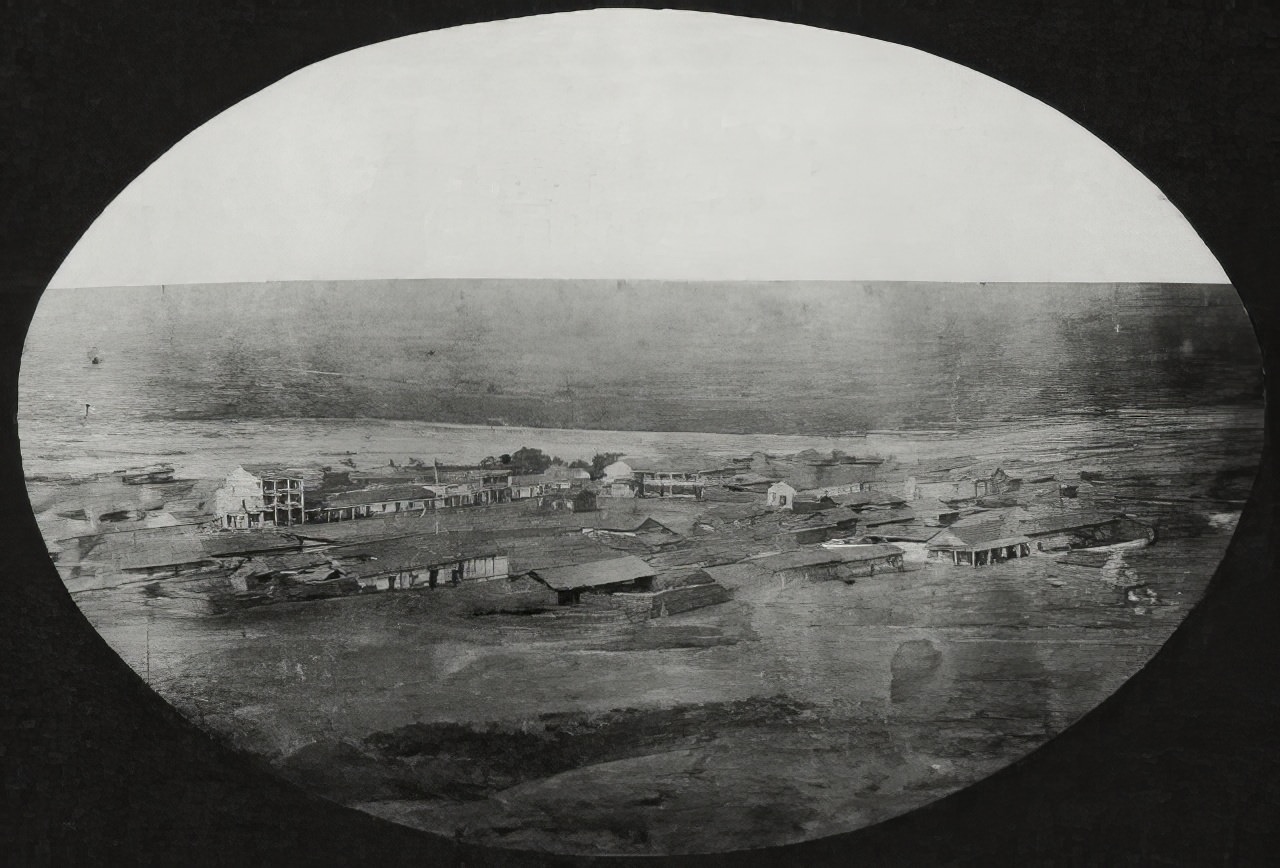
Daily Life: Simple and Challenging
Daily routines for the residents of San Diego in 1860s have very little in common with what we have in the city today. People woke up early, usually with the sunrise. Days were filled with work. Men worked on ranches, in fields, or in small businesses. Women managed households, cared for children, and often helped with family businesses.
Food was basic but usually wholesome. People ate what they could grow or raise. Diets consisted of things like beans, corn, vegetables, and beef. Hunting and fishing provided additional food. Access to fresh water was very important. Wells and the San Diego River were the main sources.
Entertainment was simple. People socialized at the plaza, held dances, and celebrated religious festivals. Storytelling was a popular pastime. Books and newspapers were scarce but cherished. Education was limited. Some children received basic schooling, but many did not.
Clothing was practical. Men wore sturdy work clothes, often made of denim or canvas. Women wore long dresses, usually made of cotton or linen. Hats were common for both men and women, offering protection from the sun. Shoes were often handmade and durable.
Life in San Diego during this period was not easy. The town was isolated. Travel to other parts of California, or the United States, took a long time. Roads were rough, and most travel was done by horseback or stagecoach. Travel by sea was faster, but still took weeks to reach the East Coast.
Disease was a constant threat. Common illnesses like measles, smallpox, and influenza could be deadly. Medical care was rudimentary. There were few doctors, and medicines were limited. People relied on home remedies and traditional healing practices.
The economy was fragile. It depended heavily on agriculture and cattle ranching. Droughts or cattle diseases could devastate the local economy. The lack of a railroad connection hindered trade and growth.
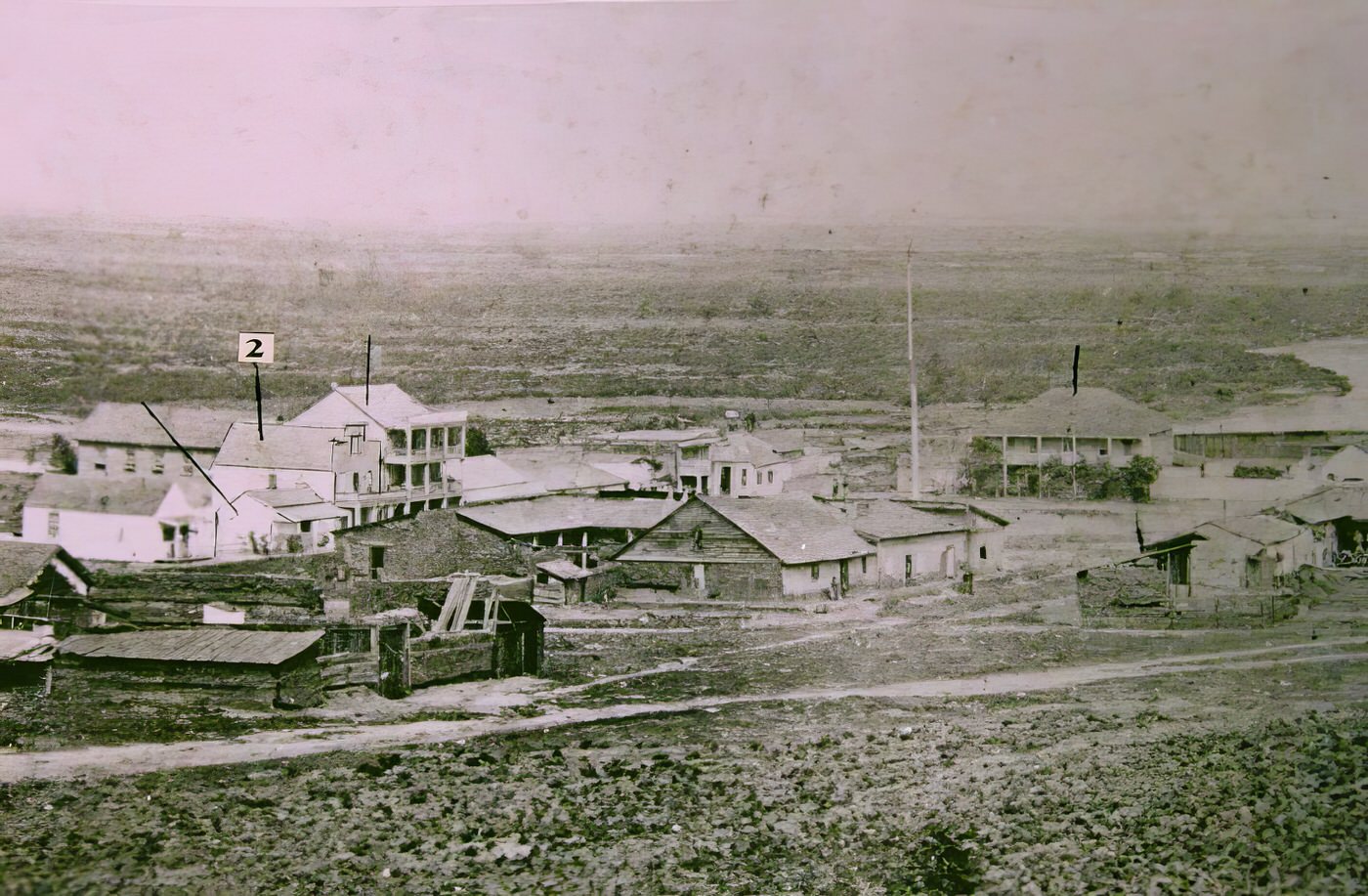
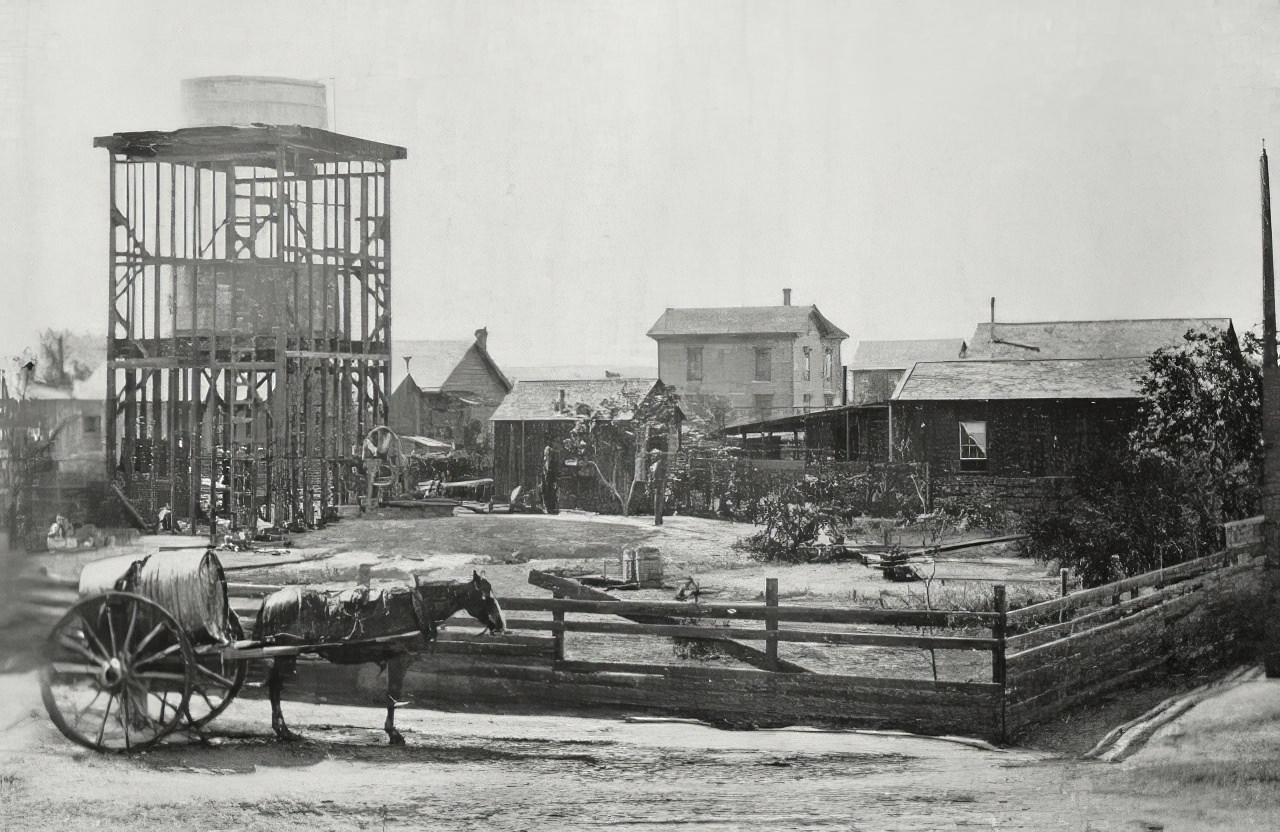
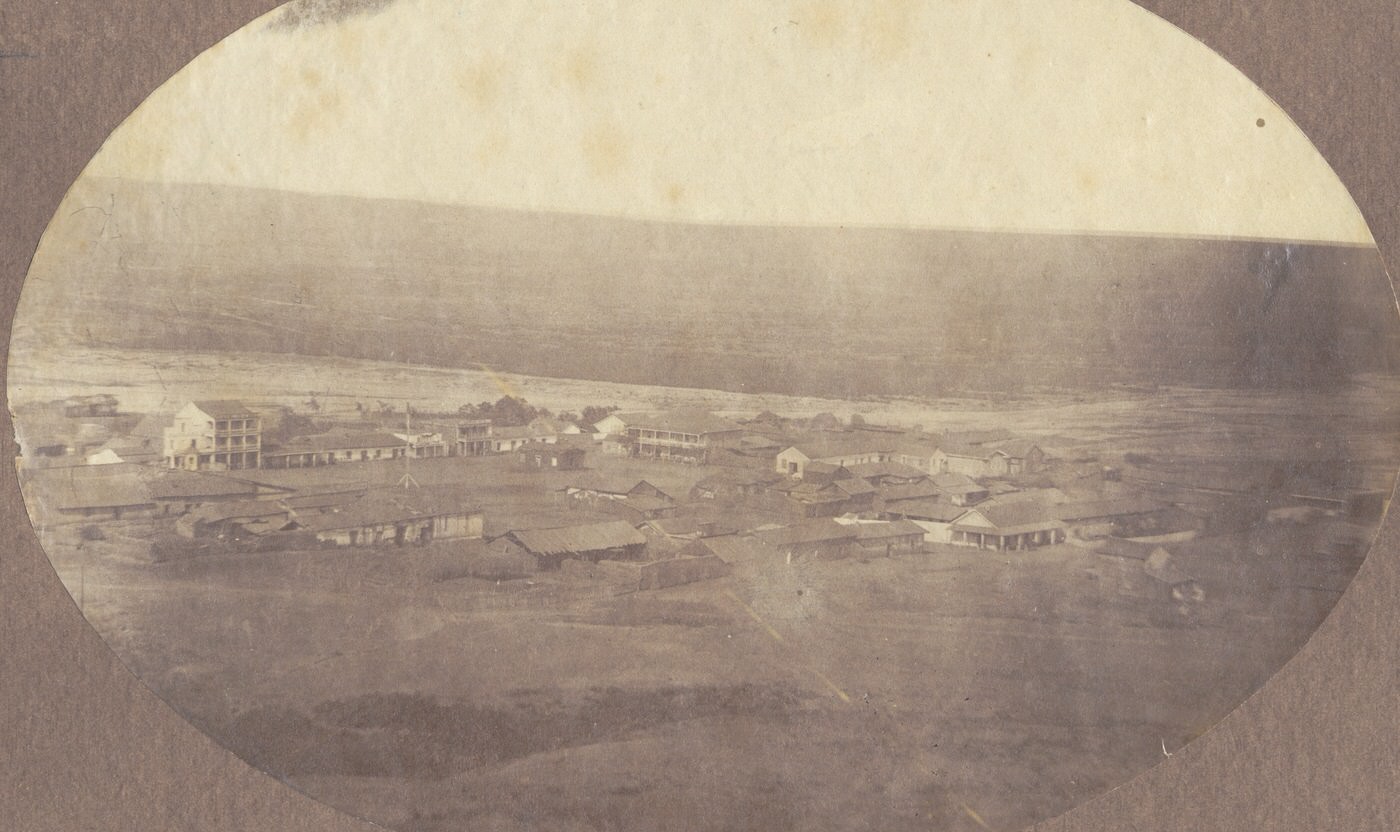
Native American Presence
The Kumeyaay people had lived in the San Diego region long before the Spanish and Americans arrived. Their way of life was deeply connected to the land. They lived in small villages and relied on hunting, gathering, and fishing.
The arrival of Europeans had a devastating impact on the Kumeyaay. Their population decreased due to disease, conflict, and loss of land. They were forced to adapt to a changing world. Some worked on ranches or in towns. They struggled to maintain their traditional culture and way of life. The relationship between the Kumeyaay and the settlers was complex. There were periods of cooperation and conflict. The U.S. government established reservations. These reservations were often on less desirable land. The Kumeyaay faced discrimination and hardship.
The Civil War’s Distant Echo
The American Civil War (1861-1865) was a major event in U.S. history. San Diego, being so far away, felt the war’s effects indirectly. There were no major battles fought in Southern California.
Some residents of San Diego had sympathies for the Confederacy. Others supported the Union. The town’s remote location limited its involvement in the conflict. News from the war arrived slowly, via ship or overland mail.
One of the main impacts of the war was a decrease in shipping. This affected the local economy. The Union Navy blockaded Confederate ports. This made it harder to get goods from the East Coast. The war did not drastically alter life in San Diego. It remained a relatively peaceful backwater.


